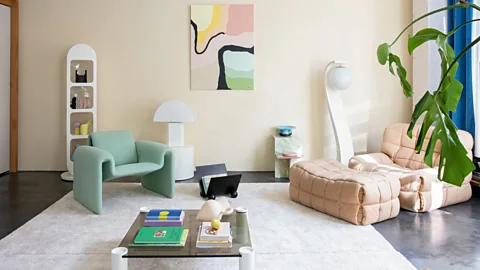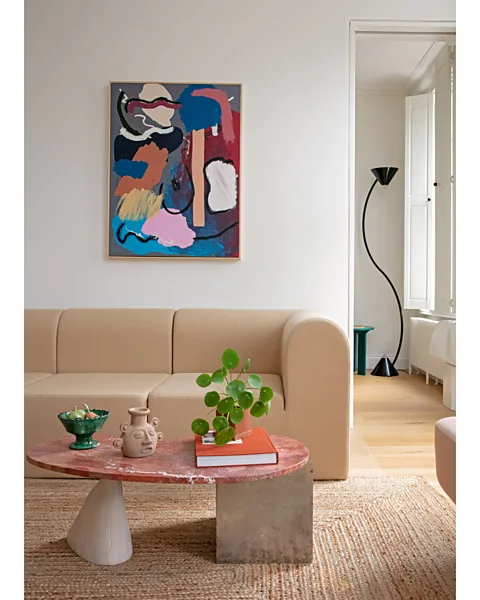How to sleep well and be happy at home
 Charlie Schuck/ Clarkson Potter
Charlie Schuck/ Clarkson PotterFrom promoting better sleep to creating a convivial mood, a new approach to interior design is less about aesthetic trends and more about how our spaces make us feel. Daisy Woodward explores the feel-good home phenomenon.
It's no secret that the spaces we inhabit affect the way we feel. From feng shui to the Scandinavian pursuit of hygge, deg the look and layout of your abode to further a sense of wellbeing is a long-established idea. Yet, environmental psychology – the study of the human relationship to surroundings – was not recognised as an academic field until the late 1960s, and is an even more recent consideration when it comes to domestic interior design.
More like this:
"The idea of improving wellness through our indoor spaces is something that has burgeoned," Jean Whitehead, senior lecturer in Interior Design at Falmouth University and author of Creating Interior Atmosphere: Mise-en-scène and Interior Design, tells BBC Culture. "It was already prevalent in healthcare interiors, but now it's crossing over into hospitality and leisure spaces, as well as how we think about our homes."
Our collective interest in wellness, Whitehead notes, has been accelerated by the pandemic. Rather remarkably, Europeans have been found in surveys to spend up to 90% of their time indoors, and, during lockdown, "indoors" for most of us came to mean "at home". Because of this, many of us began to care less about how our abodes looked, from a trends perspective at least, and more about how they made us feel. As a result, a new, more sustainable stance on interior design has begun to take hold, centred around individuality, mindfulness and self-care.
 Charlie Schuck/ Clarkson Potter
Charlie Schuck/ Clarkson PotterFor Monica Khemsurov and Jill Singer, the founders of online design magazine Sight Unseen, the pandemic brought about a newfound appreciation for the myriad objects they had both accumulated over the years. "We were sitting in our homes and our objects were really bringing us comfort, and making us feel less lonely," Khemsurov tells BBC Culture. This sparked the idea for the duo's book, How to Live with Objects: A Guide to More Meaningful Interiors, published this week, in which she and Singer offer up their tips on "how to maximise the visual and emotional impact of your space" through objects.
This involves taking a more intentional approach to both acquiring and living with objects, prioritising heartfelt connection over what Khemsurov dubs a "keeping up with the Joneses" attitude. "It's the basic idea that an object can very easily become imbued with meaning and memories," she says. Whether it's something a friend made you which reminds you that you are cared for, or a nick-nack purchased while travelling abroad, she observes, objects allow us to relive moments, or feel closer to loved ones, at a glance. "In of the aesthetic of the object, we tend to be quite agnostic," Singer adds. "The whole point is building an interior around your personality."
Surrounding yourself with treasured objects is, of course, only one piece of the puzzle when it comes to compiling a personal space that makes you feel good. Lindsay T Graham, a personality-and-social psychologist specialising in how we affect – and are affected by – the spaces we inhabit, suggests taking an intuitive stance right from the start. "First, go into the space, and look at how it currently makes you feel," she tells BBC Culture. "Don't overthink it, just ask yourself, 'Am I feeling stressed? Or happy? Am I ready to wind down? Or am I amped up">window._taboola = window._taboola || []; _taboola.push({ mode: 'alternating-thumbnails-a', container: 'taboola-below-article', placement: 'Below Article', target_type: 'mix' });
